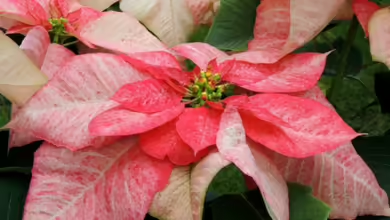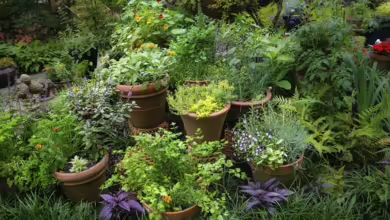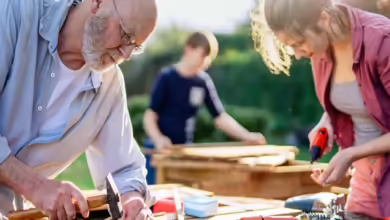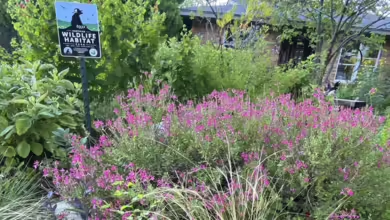Grow Your Veggies — or Citrus Trees — in Containers
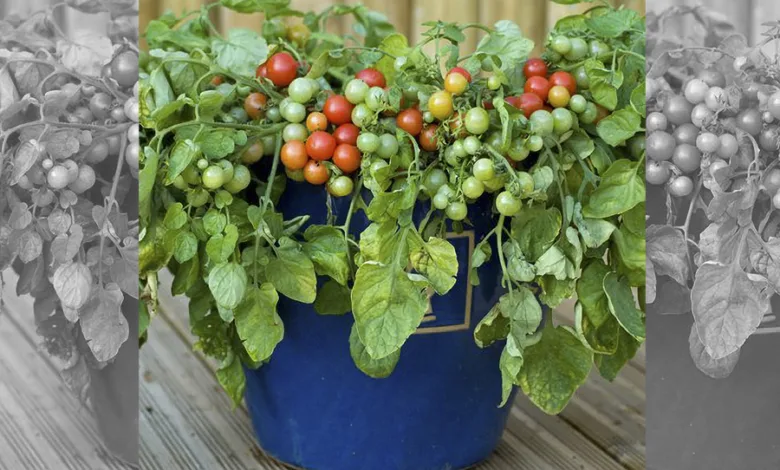
Nothing is better than picking and eating a fresh tomato, pepper, or squash straight from your garden.
But if you don’t have a large space for a vegetable garden, fear not! Grow your delicious veggies in containers.
You only need two things to start your own vegetable containers.
The first is a sunny location: Most vegetables require between six and 10 hours of sunlight to prosper.
The second is a large container with good drainage; it should be at least 20 inches or larger. Large flat-bottom nursery containers — or even a five-gallon bucket with holes drilled in the bottom and sides — will more than suffice.
Here are suggestions for successful container vegetables:
- Use potting soil with good drainage.
- Use one container per plant.
- Give the plants room: Overcrowding stunts growth and reduces air circulation.
- Ensure there is good air circulation in the container and around plants.
- Water slowly and early in the morning with a water breaker attachment. Drip irrigation created with quarter-inch tubing circles around each plant in tandem with a hose attachment will also work.
- Plant your veggies at the appropriate seasonal time from seeds or transplants.
- Grow vertically, using welded wire cages for support.
- Use slow-release fertilizers.
- Keep weeds out of containers.
- Use only safe insect control measures. Remember, not all insects are harmful.
- Harvest and use at the peak of freshness.
Plant only enough veggies to eat fresh; otherwise, be prepared to can or freeze. Four tomato plants will keep you supplied for a long time — as will one or two squash plants, three or four pepper varieties, and so on.
There are vegetables you can still plant this spring and summer, such as beans (all varieties), cucumbers (use a trellis or cage), squash and zucchini (there are wide varieties), watermelons (plant the smaller varieties because these grow fruit faster), cantaloupes, pumpkins, peppers (it is amazing how many varieties there are), eggplant, and okra.
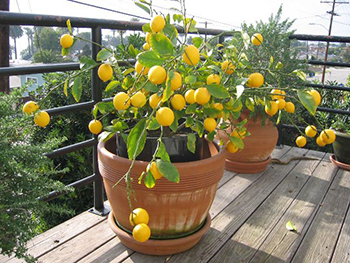
Fruit trees can also grow in containers. Dwarf varieties are best: Oranges, lemons, apples, and plums. Lemons and oranges need to be protected in the winter. Your garage is a perfect sanctuary.
If I did not mention the vegetable you are interested in growing, email me at dottywoodson@gmail.com.
You can also call the Collin County Extension office at 972-548-4232 for community garden locations and any other questions you may have about vegetable gardening. Many vegetables grow when the weather is cooler, so consider planning for your fall and winter garden, too.
Check this resource for planting dates and other vegetable gardening tips:
http://agrilife.org/urbantarranthorticulture/resources/. To locate farmers markets or pick your locations, go to http://gotexan.org/.



